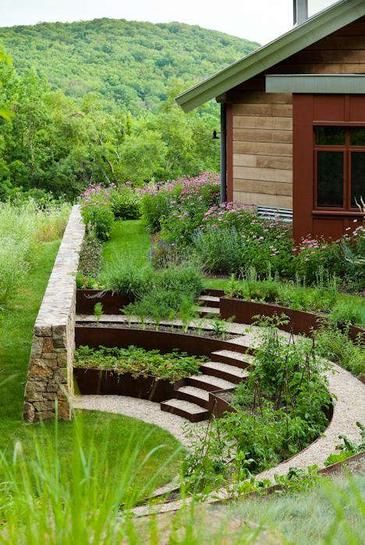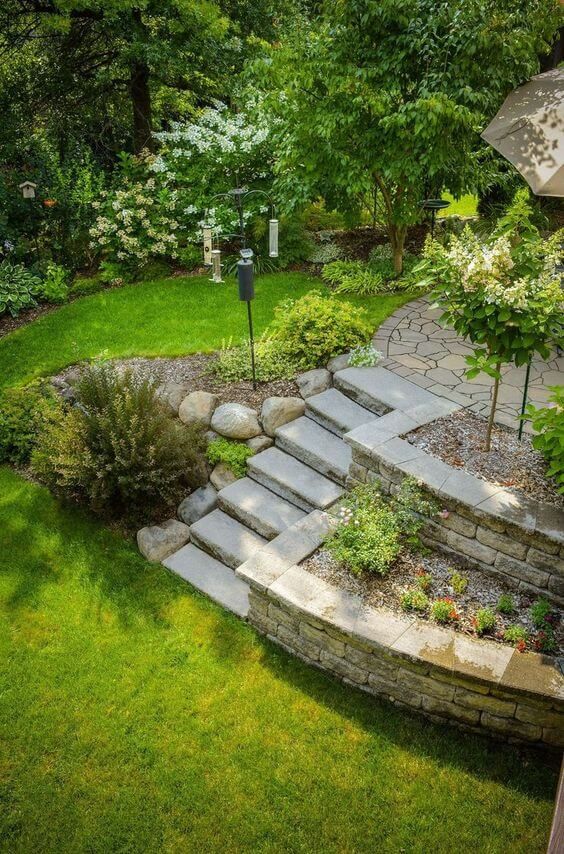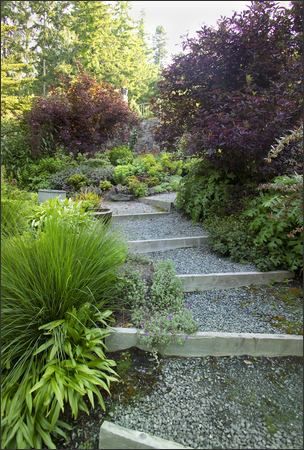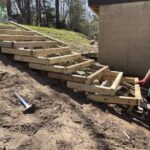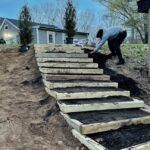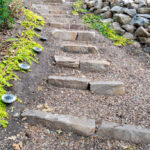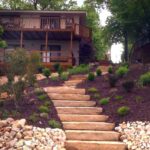Landscaping on a slope can be a challenging but rewarding task. By following some key steps, you can create a beautiful and functional outdoor space that takes advantage of the natural topography of your property.
The first step in landscaping a slope is to evaluate the existing terrain. Take note of the slope’s steepness and any existing vegetation or obstacles that may need to be worked around. This will help you determine the best approach for your landscaping project and provide a starting point for your design.
One important consideration when landscaping a slope is erosion control. To prevent soil erosion, it is essential to install retaining walls, terraces, or other structures that will help stabilize the soil and prevent runoff. Planting native ground covers, grasses, or shrubs can also help prevent erosion and add visual interest to the slope.
When selecting plants for a sloped landscape, it is important to choose varieties that are suited to the specific conditions of your site. Plants that require little maintenance, have deep roots, or are drought-tolerant are often good choices for slopes. Consider using a mix of ground covers, shrubs, and trees to create a layered effect and provide visual interest throughout the year.
Incorporating hardscaping elements, such as pathways, stairs, or terraces, can help break up the slope and create different levels of interest in your landscape. Using materials that complement the natural surroundings, such as stone or wood, can help blend the hardscaping elements seamlessly into the landscape.
Finally, proper maintenance is essential to keep your sloped landscape looking its best. Regular watering, weeding, pruning, and mulching are important tasks that will help keep your plants healthy and thriving. By following these steps and staying on top of maintenance, you can enjoy a beautifully landscaped slope for years to come.
